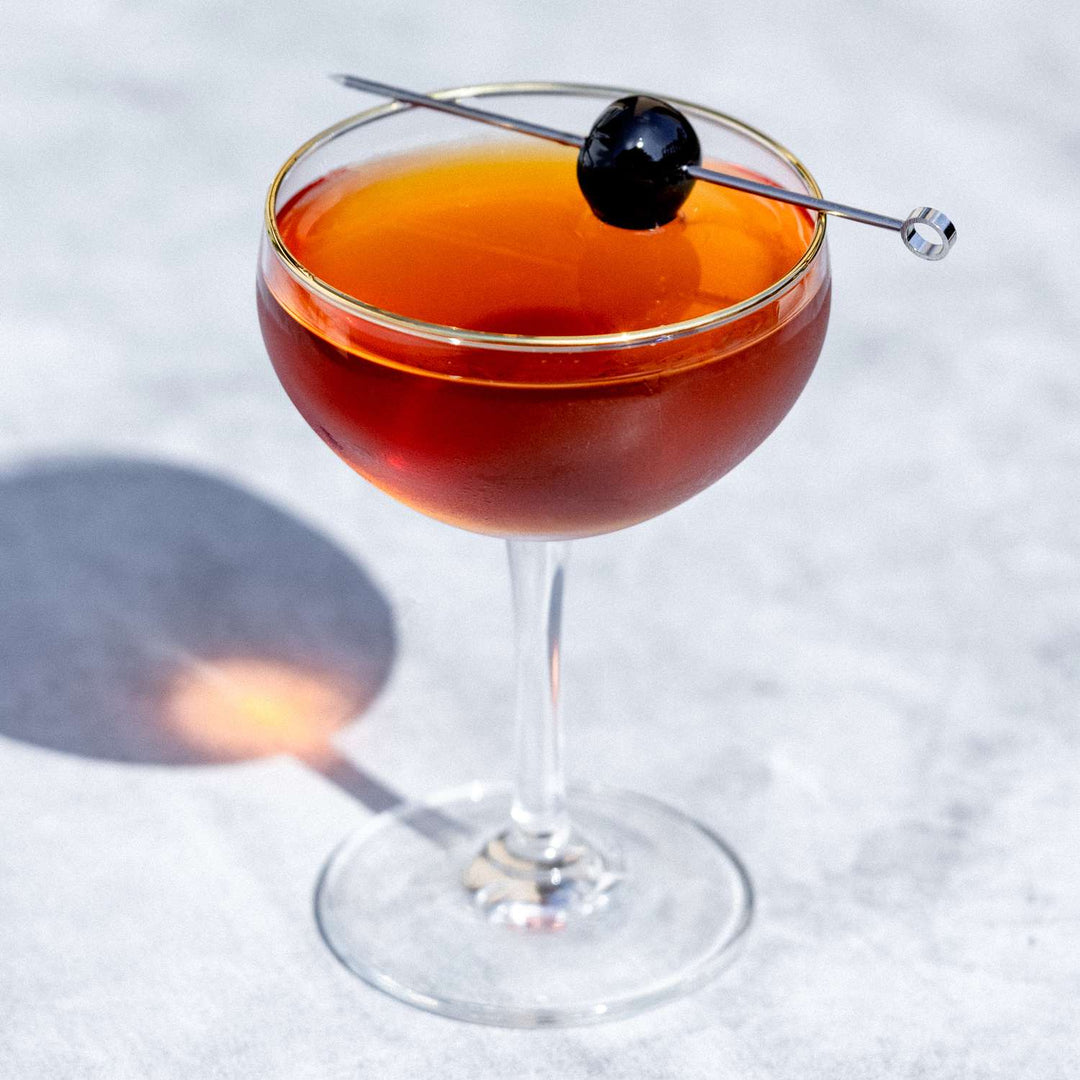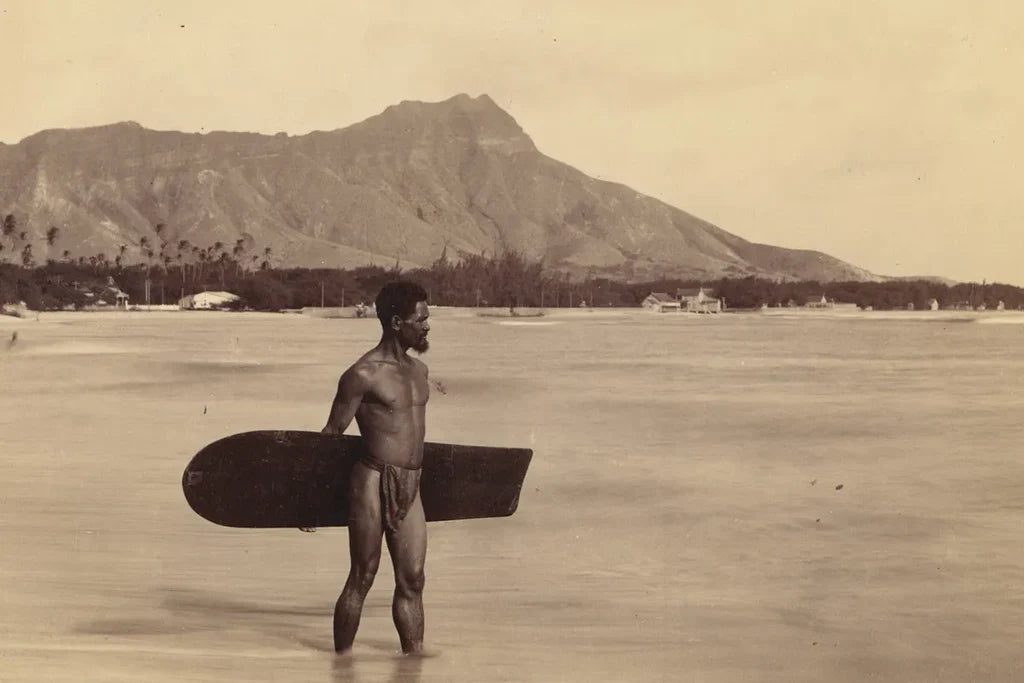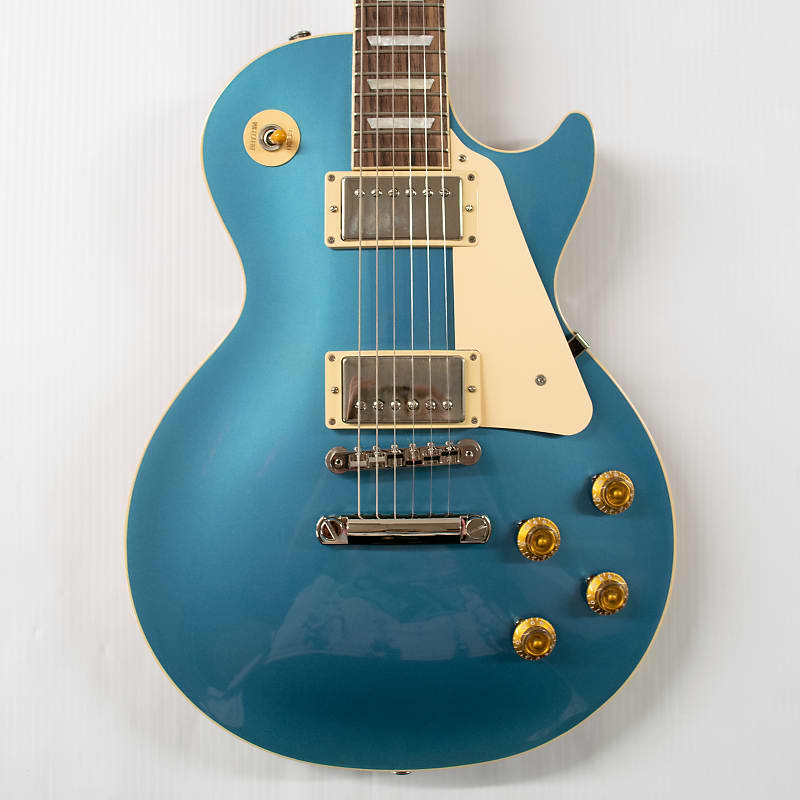The History of Cocktails
The Craft of Cocktails: A Spirited History
Cocktails hold a special place in the world of drinks, embodying both creativity and tradition in a single glass. From classic concoctions to modern innovations, these drinks reflect the evolution of culture, taste, and artistry over the centuries. The rise of craft cocktails has brought with it a revival of history, and nowhere is this more evident than in the tools of the trade, especially the humble cocktail shaker, and the stories behind the drinks themselves.

The Beginnings of Cocktails and the Shakers That Shaped Them
Before diving into the world of specific cocktails, it’s important to understand what defines a cocktail. At its core, a cocktail is a mixed drink, typically composed of a spirit, sugar, water, and bitters. The concept of combining various ingredients for a more flavorful experience is not new, but the craft of mixing spirits truly began to take form in the 19th century.
Though cocktails were likely being made long before it was formalized, the first recorded use of the word “cocktail” dates back to an 1806 issue of The Balance and Columbian Repository, a New York-based publication. By the early 1800s, bartenders had started experimenting with combinations of different spirits and ingredients, bringing a level of artistry to the profession.

A significant part of this history is the cocktail shaker. While cocktail shakers have become an essential tool for bartenders today, their history is rich and varied. Ancient civilizations, including the Egyptians and South Americans, were known to use rudimentary versions of shakers to mix drinks, but it wasn’t until the 19th century that cocktail shakers as we know them started to appear in bars. There are several types of cocktail shakers—Boston shakers, Cobbler shakers, and French shakers—each serving different purposes and offering bartenders a range of techniques to master. These tools allow for not just the perfect blend but also the right texture and chill for the drink being served. The rise of craft cocktails has brought renewed attention to the history of cocktail shakers and their essential role in drink-making.

As bartending became more of an art form, the demand for specialized tools like cocktail shakers grew, shaping the craft cocktail movement we know today. However, the true stars of cocktail history are the drinks themselves. Let’s explore the tales behind some of the most iconic cocktails in history.
Manhattan: A Classic for the Ages
The Manhattan is one of the most iconic cocktails in American history, with roots that stretch deep into the 19th century. While the exact origin of the Manhattan is debated, it’s widely believed that it was created at the Manhattan Club in New York City in the early 1870s, possibly for a banquet hosted by Lady Randolph Churchill, mother of Winston Churchill. This cocktail, composed of whiskey, sweet vermouth, and bitters, quickly became a staple in American bars.

The Manhattan’s strength lies in its simplicity. With only a few ingredients, each must be of high quality, and the balance between the whiskey’s heat and the vermouth’s sweetness is key. Traditionally, the drink was made with rye whiskey, though bourbon is often used today. Over the years, many variations of the Manhattan have appeared, but the classic version remains a favorite, particularly among those who appreciate strong, spirit-forward drinks.
Horse’s Neck: A Drink with a Kick
The Horse’s Neck started as a non-alcoholic beverage in the 1890s, but it evolved into a cocktail by the early 20th century. Originally made with just ginger ale and a long, curling lemon peel (resembling a horse’s neck), bartenders soon began adding brandy or bourbon to the mix, giving it the boozy twist it’s now known for.

Its rise to popularity can be attributed to its simple yet refreshing nature, and the drink’s unique garnish—a long lemon peel draped over the edge of the glass—makes it instantly recognizable. Horse’s Neck became particularly popular during the Prohibition era, when people were seeking out drinks that were both easy to make and could mask the taste of inferior, bootleg spirits. Over time, it has endured as a go-to cocktail for those who enjoy the sharp bite of ginger ale paired with the warmth of whiskey or brandy.
Tipperary: A Blend of Cultures
The Tipperary cocktail is a testament to the blending of cultures in the world of drinks. Named after the Irish county of Tipperary, this cocktail combines Irish whiskey with sweet vermouth and the herbal French liqueur Chartreuse. It first appeared in the early 20th century, just before World War I, and is thought to have been inspired by the popular marching song, "It's a Long Way to Tipperary," which was sung by British soldiers during the war.

The Tipperary offers a unique combination of flavors, with the rich, malty notes of Irish whiskey contrasting beautifully with the sweet, fortified wine of the vermouth and the herbaceous complexity of Chartreuse. Despite its age, the Tipperary is less well-known than other whiskey-based cocktails, but it remains a hidden gem for those who appreciate the more nuanced side of classic cocktails.
Aviation: A Taste of the Sky
The Aviation cocktail takes its name from the golden age of flight, a time when the world was enamored with the possibilities of air travel. Created by Hugo Ensslin, the head bartender at New York’s Hotel Wallick, the drink was first published in 1916 in Ensslin’s book Recipes for Mixed Drinks. The original recipe called for gin, maraschino liqueur, lemon juice, and crème de violette, which gave the drink its signature pale blue color, reminiscent of the sky.

Over time, crème de violette became harder to find, and many modern versions of the Aviation omit this ingredient entirely. However, the cocktail has experienced a resurgence in recent years as bartenders have sought to restore classic recipes to their former glory. The Aviation’s floral and slightly tart profile makes it a favorite among those who enjoy more delicate, aromatic cocktails.
Bloody Mary: A Hangover Cure with History
The Bloody Mary is a cocktail that needs little introduction, having earned a reputation as the ultimate hangover cure. Its origins can be traced back to the 1920s at Harry’s New York Bar in Paris, a hotspot for American expatriates during Prohibition. The drink’s creator, Fernand Petiot, originally mixed equal parts tomato juice and vodka, but over the years, other ingredients like Worcestershire sauce, hot sauce, lemon, and celery salt were added, giving the Bloody Mary its distinctive savory flavor.

The drink’s name is believed to be a reference to Queen Mary I of England, also known as "Bloody Mary" for her persecution of Protestants. However, there are other theories as well, including one that links the drink to a waitress named Mary who worked at a Chicago bar in the early 20th century. Whatever its true origin, the Bloody Mary has become a brunch staple, with countless variations and customizations to suit individual tastes.
Last Word: A Prohibition Revival
The Last Word cocktail is a classic from the Prohibition era, originally created at the Detroit Athletic Club. It fell out of favor after Prohibition but was rediscovered in the early 2000s by bartender Murray Stenson in Seattle. Made with equal parts gin, Green Chartreuse, maraschino liqueur, and lime juice, the Last Word is known for its perfect balance of sweet, sour, and herbal flavors.

Green Chartreuse, a French liqueur made by Carthusian monks, is a key ingredient in this cocktail and lends it a complex, slightly spicy flavor. The Last Word’s resurgence has made it a favorite in modern cocktail bars, where its history as a nearly forgotten drink only adds to its mystique.
Hotel Nacional: A Cuban Classic
The Hotel Nacional cocktail is a true taste of Cuba’s golden age, named after the famous Hotel Nacional in Havana, a symbol of luxury and elegance during the 1930s. This rum-based cocktail combines apricot brandy, lime juice, and pineapple juice for a tropical, fruity flavor that transports drinkers to the sunny shores of the Caribbean.

The Hotel Nacional, which has hosted the likes of Frank Sinatra, Ava Gardner, and Ernest Hemingway, played a major role in popularizing Cuban cocktails during the Prohibition era, when Americans flocked to Havana to escape the liquor laws at home. The Hotel Nacional cocktail is a reminder of this glamorous, rebellious time in cocktail history.
Bee’s Knees: A Prohibition-Era Delight
The Bee’s Knees cocktail is a simple yet elegant drink that was born during Prohibition, a time when bartenders had to get creative to mask the often unpleasant taste of bootleg spirits. Made with gin, honey, and lemon juice, the Bee’s Knees offers a sweet and tangy flavor that has stood the test of time.

The name "Bee’s Knees" is a slang term from the 1920s that means "the best," and this cocktail certainly lives up to its name. The use of honey, in particular, was a clever way to sweeten the harsh, low-quality gin that was common during Prohibition. Today, with high-quality gin readily available, the Bee’s Knees is a refreshing, light cocktail that showcases the versatility of gin.
Tiki Cocktails: A World of Flavor
Tiki cocktails emerged in the mid-20th century, with drinks like the Mai Tai and Zombie capturing the exotic, tropical spirit of Polynesian-inspired bars. These drinks are known for their bold, fruity flavors and complex ingredient lists, often including multiple types of rum, fruit juices, and syrups. Donn Beach, the founder of Don the Beachcomber, is credited with starting the tiki cocktail craze in the 1930s, and his influence can still be seen in tiki bars around the world today.

The tiki movement played a huge role in the evolution of craft cocktails, adding layers of presentation and flair to the experience of drinking. Elaborate garnishes, tropical mugs, and flaming drinks all became hallmarks of tiki cocktails, making them not just drinks but immersive experiences.
Madras: A Simple Twist on Tradition
The Madras is a vibrant, fruity cocktail made with vodka, cranberry juice, and orange juice. While it may not have the historical gravitas of some other cocktails, it became a favorite in the mid-20th century, especially during the era when vodka-based drinks began gaining popularity in the United States. The Madras is a testament to the versatility of simple ingredients when combined thoughtfully.

Its popularity surged in the 1960s and 70s, when vodka cocktails became synonymous with modern American drinking culture. Though the Madras is easy to make, its bright, refreshing flavor has kept it relevant in bars and homes alike.
Cosmopolitan: The Cocktail of the Modern Era
One of the most recognizable cocktails today, the Cosmopolitan, has roots steeped in mystery and intrigue. Its rise to fame can be traced to the 1980s, when bartenders in New York and San Francisco began experimenting with vodka-based drinks. The recipe that many associate with the Cosmopolitan—a blend of vodka, triple sec, cranberry juice, and lime—was popularized by bartenders like Toby Cecchini in the late 1980s. This cocktail quickly became a symbol of sophistication and glamour, thanks in part to its frequent appearances on the television show Sex and the City.

Though it may seem like a relatively simple drink, the Cosmopolitan is a great example of how bartenders refined and elevated traditional recipes into something modern, sleek, and endlessly fashionable.
Man O' War: A Tribute to Racing History
Named after the famous Thoroughbred racehorse, the Man O’ War cocktail packs a punch, much like its equine namesake. This cocktail, created in the 1920s, combines bourbon, sweet vermouth, Cointreau, and lemon juice, resulting in a drink that’s complex yet approachable. Man O’ War was one of the most dominant racehorses in history, and this drink is a fitting tribute to his legacy, offering bold flavors that are both strong and elegant.

The bourbon’s richness is complemented by the sweetness of the vermouth and the citrus from the lemon juice and Cointreau, making the Man O’ War a well-rounded, flavorful drink that appeals to those who enjoy robust, spirit-forward cocktails.
Penicillin: A Modern Classic
One of the more recent additions to the cocktail canon, the Penicillin was created by bartender Sam Ross in 2005 at the famous New York bar, Milk & Honey. This cocktail combines Scotch whisky, honey-ginger syrup, and fresh lemon juice, creating a smoky, sweet, and spicy flavor profile that has earned it a place as a modern classic.

The Penicillin’s name is a playful nod to the medicinal qualities of its ingredients, particularly the honey and ginger, which have long been used as natural remedies. Despite its relatively recent creation, the Penicillin has quickly become a favorite in craft cocktail bars around the world, showcasing the ongoing innovation in the world of drinks.
Craft Cocktails Today: A Celebration of History and Innovation
The craft cocktail movement is more than just a trend—it’s a revival of the artistry and history that have defined cocktail-making for centuries. With bartenders continuing to innovate while paying homage to the drinks of the past, the future of cocktails looks as bright as ever. Whether you’re shaking up a Cosmopolitan or savoring the rich flavors of a Manhattan, every cocktail carries with it a story, a piece of history, and a touch of craft.
The Cocktail Shaker Patent
In 1913, Louis Irving Reichner patented the Cocktail Shaker patent, a revolutionary device that combined the functions of a liquid mixer, cocktail shaker, and juice extractor, marking a pivotal moment in the history of cocktail preparation. This multi-functional tool featured a glass body with measurement markings for easy ingredient proportioning, a detachable top that doubled as a juice extractor, and an integrated strainer to separate pulp and seeds from the liquid. Its practical design made it a staple in both home kitchens and professional bars, streamlining the process of crafting cocktails. Reichner’s invention played a key role in the evolution of bartending, elevating the quality and precision of drink-making and laying the foundation for the craft cocktail movement that thrives today. This patent represents a key moment in cocktail history, showcasing how innovation in tools can shape the art of mixology for generations.





